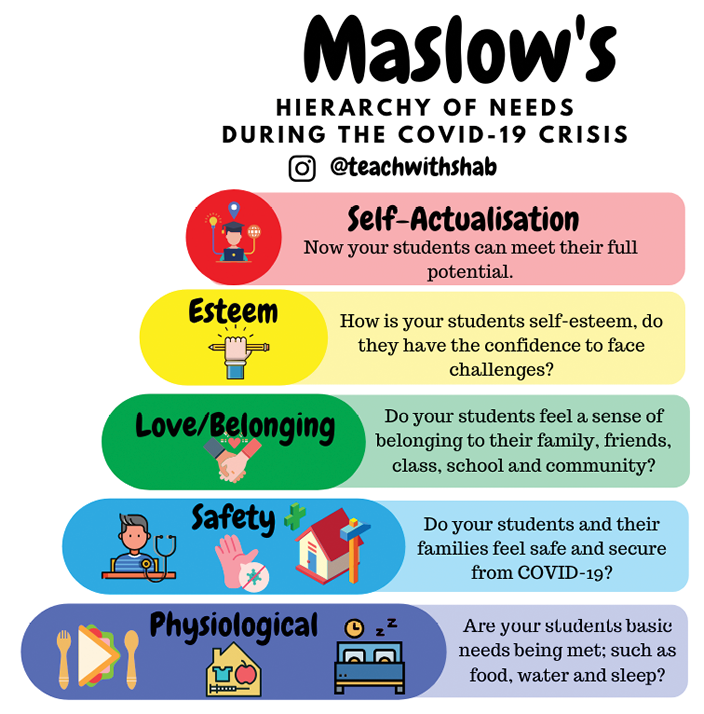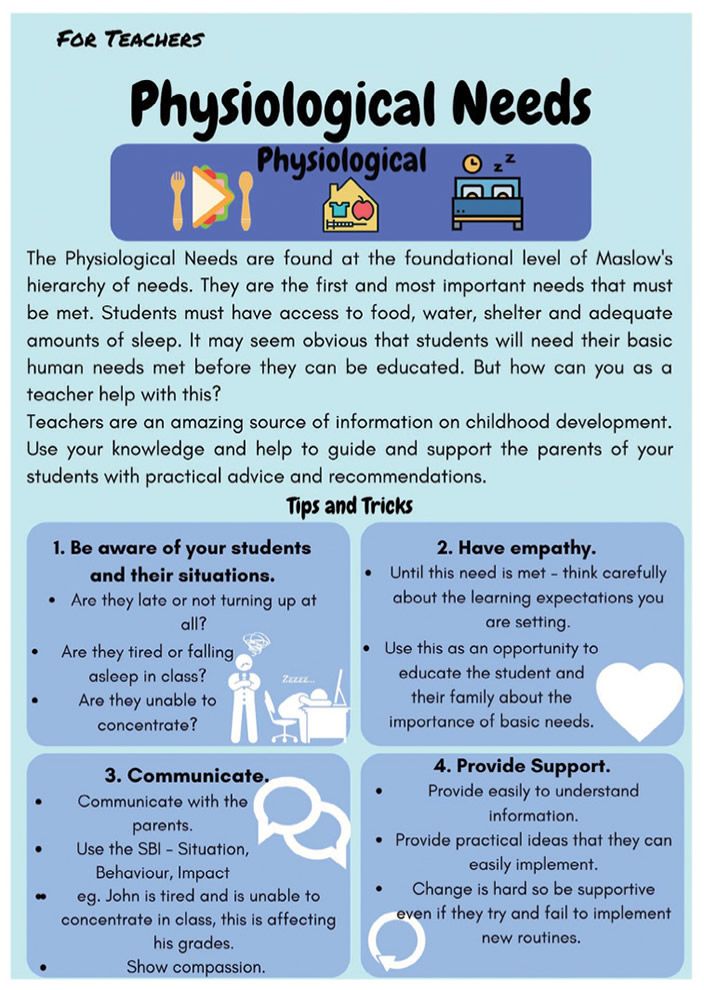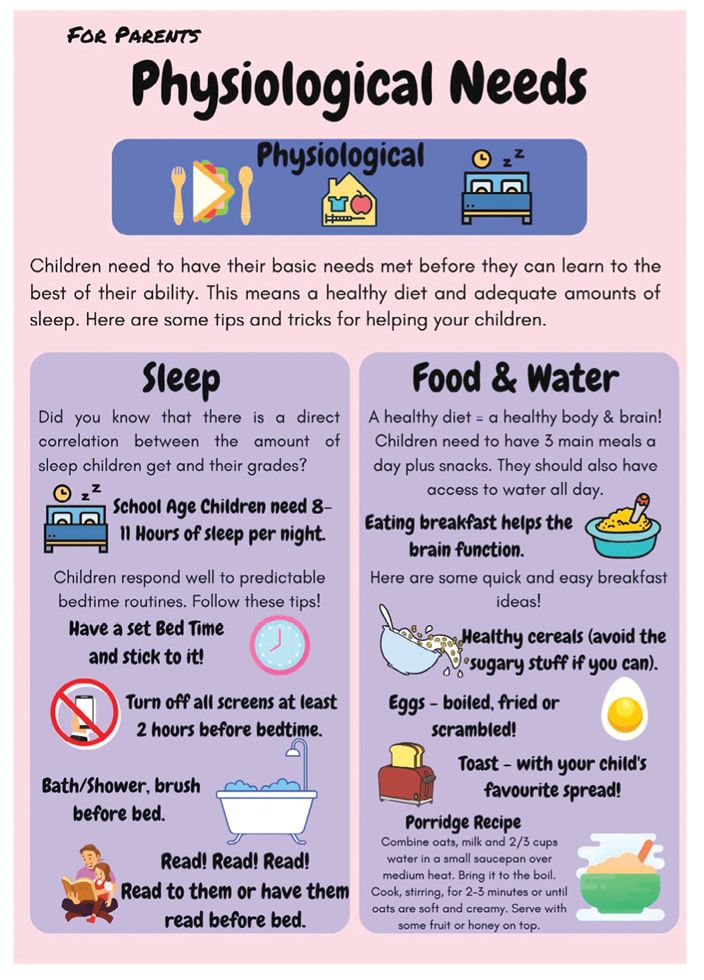It’s a wonderful play on words that brings together two important theories in psychology; one is Abraham Maslow’s Hierarchy of Needs and the other Benjamin Bloom’s Taxonomy. During and after the COVID-19 crisis it’s a saying we need to remember more than ever.
Bloom’s theory is a hierarchy of learning objectives increasing in complexity as the pyramid rises. It is a fantastic tool used by educators across the world to plan their units of work and assessments.
You can plan for the basic levels of knowledge and comprehension to be reached before expecting students to apply, analyse, synthesise and evaluate information. Of course when students can achieve success at these higher levels of the taxonomy, they are ‘blooming’ into their full potential. It is a wonderful achievement for them and their teachers to see this level of success. But there is a lot of work to be done before such accomplishments and that work is even harder during a global pandemic.
The COVID-19 crisis changed the world as we knew it. It has especially changed one of the most important parts of the modern world: the formal education system. Students and teachers around the globe were forced to leave their classrooms and retreat to their homes for their own safety. Once at home, they were expected to continue their teaching and learning. Students may have been expected to bloom, as they did in the classroom, but now at home. Before you continue teaching, however, remember that students must Maslow before they can Bloom.
One of the basic tenets of education is that a learner has to be ready to learn. The theory of Maslow’s Hierarchy of Needs argues that people, such as our students, are unable to reach their full potential, also known as ‘self-actualisation’, until they have satisfied their needs at the other four levels in the hierarchy. Many teachers are excellent at ensuring all their students’ needs are being met when they are at school, so they can get on with the job of teaching and learning. However, the COVID-19 crisis has turned our practices on their head and it’s time to think again about how we can ensure students are ready to learn before teaching them.





































































































































